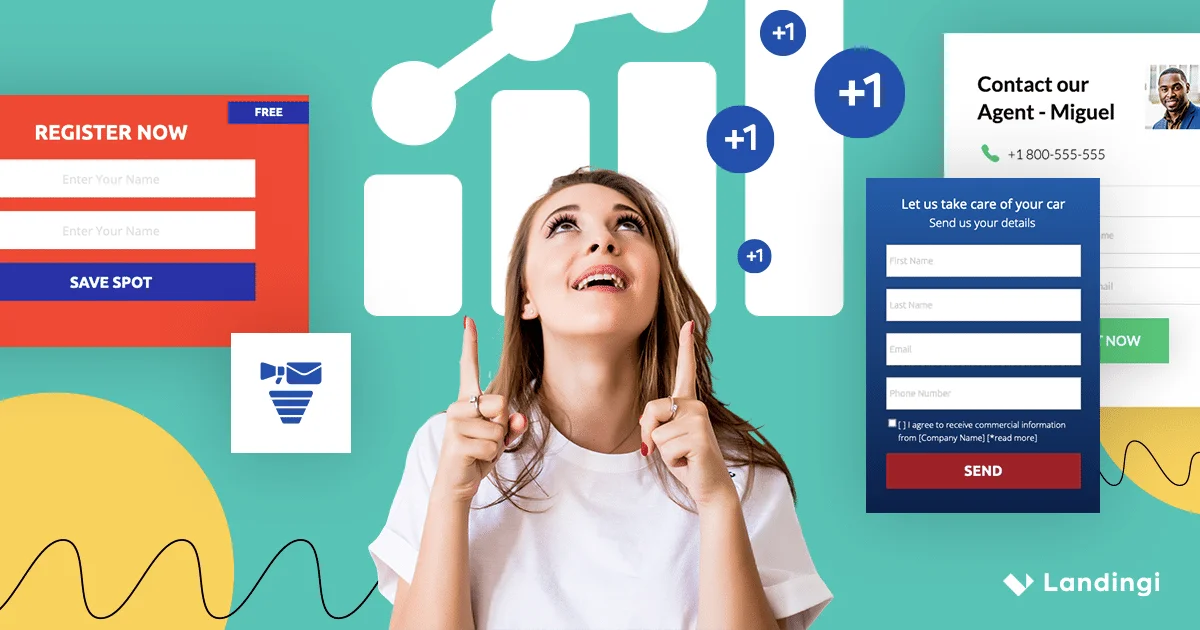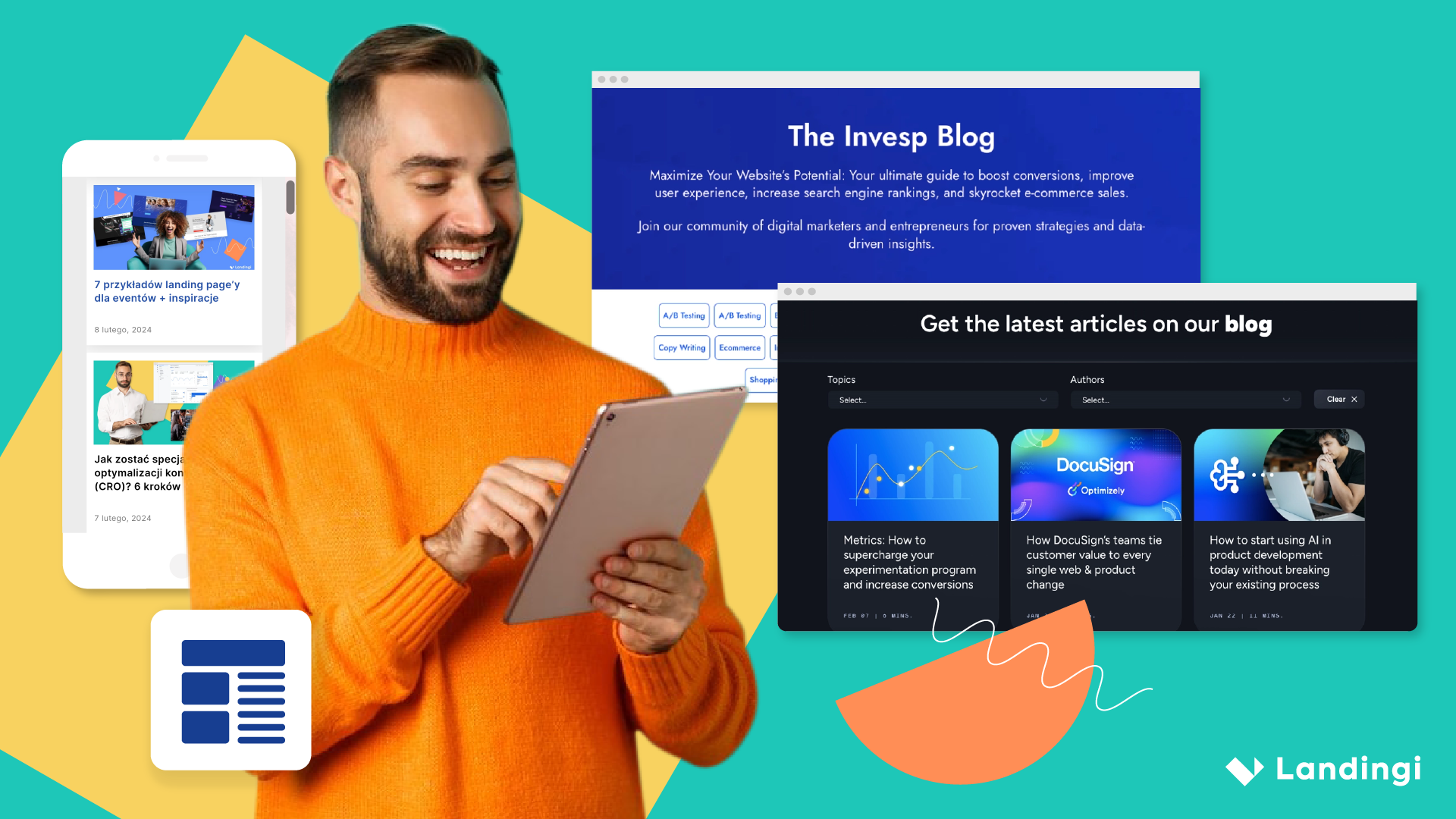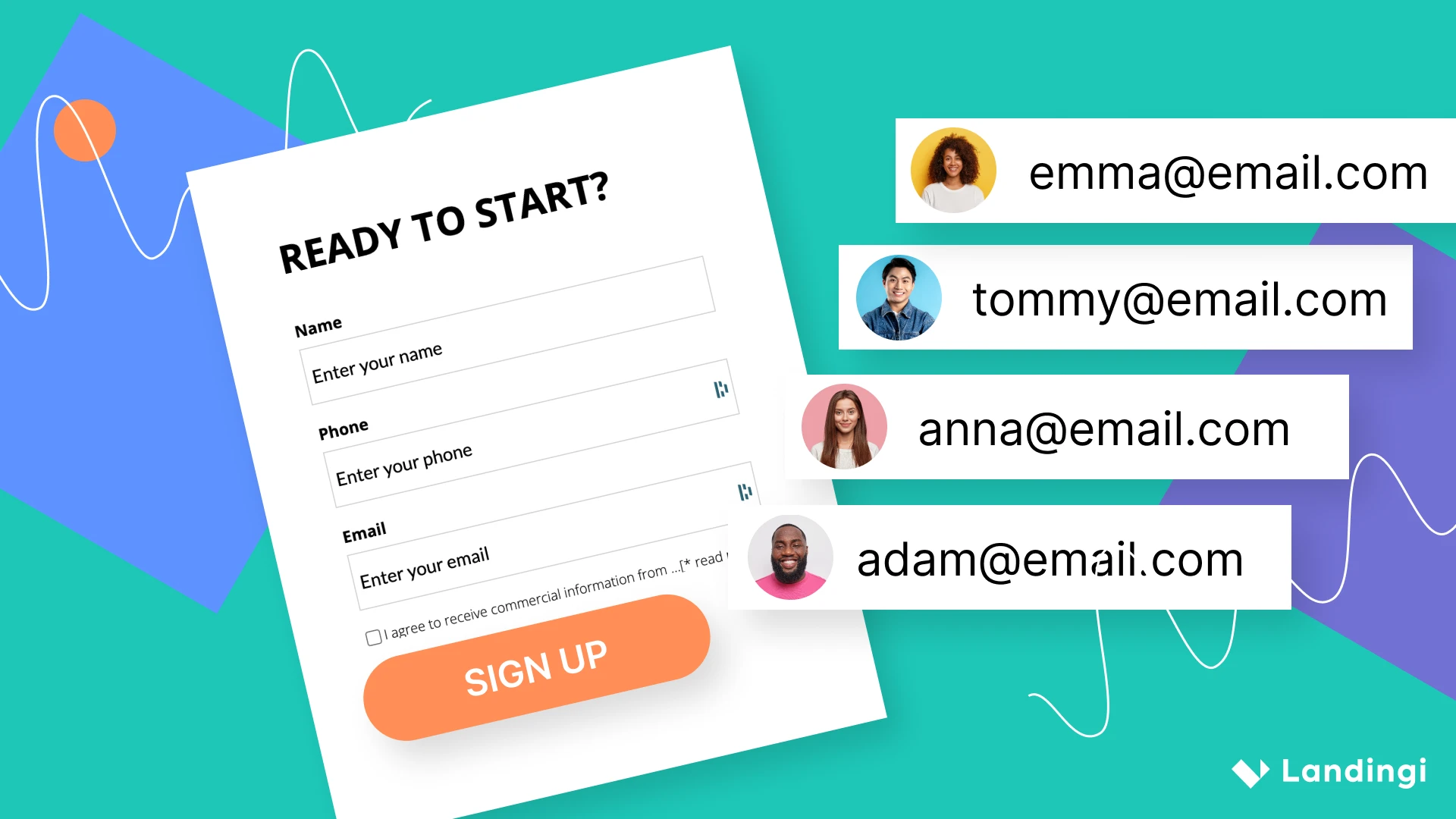For many businesses, conversion is the Holy Grail.
They’ve heard of it, they would like to get it, but they have no clue where to even start looking for it.
A conversion is the reward you receive for your marketing efforts. Be it registering for a new account, a closed deal, or even signing up for a newsletter. Today, we’ll guide you through the conversion from A to Z.
What is Conversion in Marketing?
Conversion in marketing refers to the process where a potential customer takes a specific, desired action that a business aims for. This action could range from making a purchase to signing up for a newsletter.
According to Neil Patel, a renowned marketing expert, conversion is essentially “turning a visitor into a customer”.
Make your sections smartable and let go of mundane manual tasks with Smart Sections! An easy way to manage bulk changes.
What is Conversion in Digital Marketing?
In the context of digital marketing, conversion signifies the achievement of a predetermined online goal, such as downloading an eBook or subscribing to an email list. It’s the digital counterpart of traditional marketing conversions but focuses on online activities. Since it happens digitally, everything can be measured online, often through systems like digital asset management. It allows you to track and measure the effectiveness of your campaigns in real-time, making it easier to optimize your strategies. You can also track customer engagement and optimize your campaigns accordingly.
What is Conversion in Advertising?
In advertising, conversion refers to the successful transition of a viewer of an advertisement into a customer. This could be measured by actions like clicking on a pay-per-click ad and then completing a purchase. However, this can also refer to action taken upon watching the advert.
For example, if the advert talks about using a special code during checkout, the conversion can be measured upon that code’s usage.

yes, this counts towards conversion as well!
What is Conversion Rate in Marketing?
Conversion rate is a metric that quantifies the effectiveness of a marketing strategy. It is calculated by dividing the number of conversions by the total number of visitors and then multiplying by 100 to get a percentage.
For example, if 100 people visit your website and 10 make a purchase, the conversion rate would be 10%. This is a key performance indicator that many businesses focus on, and it’s often discussed in agency reviews. How is that important for agency reviews? Having a good conversion rate is important because it indicates that the agency’s marketing efforts are paying off. It can also help the agency to better understand its target audience and optimize its campaigns accordingly.
What is Conversion in B2B Marketing?
In B2B (Business-to-Business) marketing, conversion could mean a variety of actions such as filling out a contact form, downloading a whitepaper, or initiating a free trial. The end goal is usually to move the potential client further down the sales funnel, and this can be powered up with CRM for small businesses.
What is Conversion in Business?
In a broader business context, conversion is the process of turning prospects into actual clients or customers. This is not limited to marketing but is a measure of the effectiveness of the entire business operation.
What is Conversion in Sales?
In sales, conversion refers to turning a lead or prospect into a paying customer. The conversion process in sales often involves multiple steps, including nurturing the lead and addressing objections before closing the deal.
What Does Conversion Mean in Product?
In the context of a product, conversion can mean the user taking a specific action that signifies engagement or commitment, such as upgrading from a free to a paid version.
It’s definitely not the easiest, and you need the right team to do it right. You might consider:
- rebuilding your product development team,
- taking customer feedback into consideration here,
- using Toptal alternatives for hiring top talent to improve your product’s conversion rates,
- and more.
What are the Types of Conversion in Marketing?
You need to understand the different types of conversions to fully optimize your marketing strategies. Each type serves a unique purpose and requires a different approach for maximization.
Soft Conversion
Soft conversions are actions that indicate interest but don’t directly contribute to immediate revenue. Examples include signing up for newsletters or following a brand on social media. These actions are valuable for building a relationship with potential customers and are often the first step in a longer customer journey.
Get 111 Landing Page Examples—The Ultimate Guide for FREE
Hard Conversion
Hard conversions are actions that have a direct impact on revenue, such as making a purchase or subscribing to a paid service. These are the ultimate goals for most marketing campaigns.
Micro Conversion
Micro conversions are smaller actions that pave the way for a hard conversion. For example, adding a product to the cart or clicking on a product description.
Info: With EventTracker by Landingi you can not only track micro-conversions (like, for example, clicks, views, forms, and payment events) but also visualize them with dashboards in its in-built analytics to get a deeper understanding of your data, which is essential while making conclusions and implementing them into your marketing activities.
Macro Conversion
Macro conversions are the ultimate goals that a business aims for, such as completing a purchase or signing a contract. These actions usually come after one or more micro conversions and signify the completion of a customer journey.
We’ll mention more examples below.
What is Conversion Strategy?
A conversion strategy is a comprehensive plan designed to increase the percentage of visitors who take the desired action. This usually involves optimizing landing pages, A/B testing, and employing retargeting techniques. If you’re a contractor or a business that works with contractors, contractor website services can be particularly useful in this regard.
What are Conversion Examples?
Conversion actions can vary widely depending on the specific goals of a business. Understanding these examples can help businesses tailor their marketing strategies more effectively.
Make a Purchase on the Company’s Website
When a visitor completes a purchase on your website, it’s the ultimate hard conversion that directly contributes to your revenue. This action is often the end goal of many digital marketing campaigns, including PPC ads and email marketing. It’s a clear indicator of the effectiveness of your sales funnel and the quality of your product or service. Achieving a high rate of this type of conversion is important for business growth.
Share a Post on Social Media
Sharing a post on social media platforms like Facebook or Twitter is considered a soft conversion. While it may not directly lead to a sale, it significantly expands the reach of your content and enhances brand awareness. This action can attract new potential customers and is often a precursor to other types of conversions. It’s an excellent gauge of how engaging and shareable your content is.
Make a Phone Call to the Company
When a visitor makes a phone call to your company after visiting your website or seeing an advertisement, it’s a strong sign of interest. If the call leads to a sale, it’s classified as a hard conversion; otherwise, it’s a soft conversion for inquiry purposes. This action can be triggered by a compelling call-to-action (CTA) and is often a critical step in the customer journey.
Tracking these calls can provide insights into which marketing channels are most effective.
Fill Out a Form or Complete a Survey
Filling out a form or completing a survey can serve as either a soft or hard conversion, depending on the context and the subsequent actions taken by the visitor. These actions are valuable because they provide data that can be used for market research or future targeting. They often serve as a step towards more significant conversions, such as making a purchase or signing up for a service. Monitoring the rate of these conversions can help optimize your lead generation strategy.
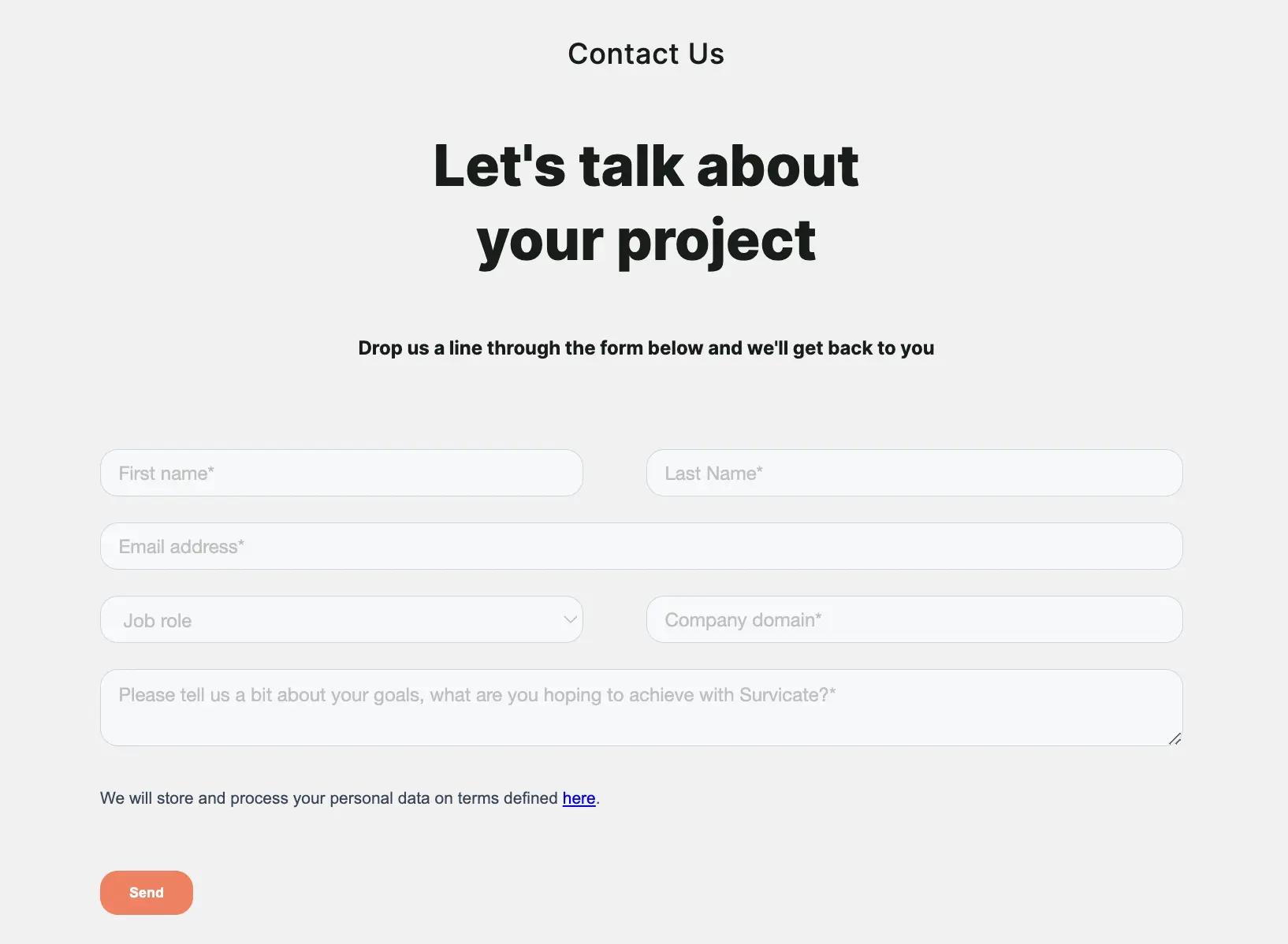
Sign Up for a Newsletter
Signing up for a newsletter is a classic soft conversion that indicates a level of interest in your brand or content. It allows you to build a long-term relationship with the visitor through ongoing email marketing campaigns. This action opens the door for various other marketing opportunities and is often used to nurture leads until they are ready to make a purchase.
A high newsletter sign-up rate is a positive sign of an engaged audience. For instance, signing up for this newsletter for CTOs shown below can be a soft conversion that provides value to the visitor while also capturing their contact information for future marketing efforts.
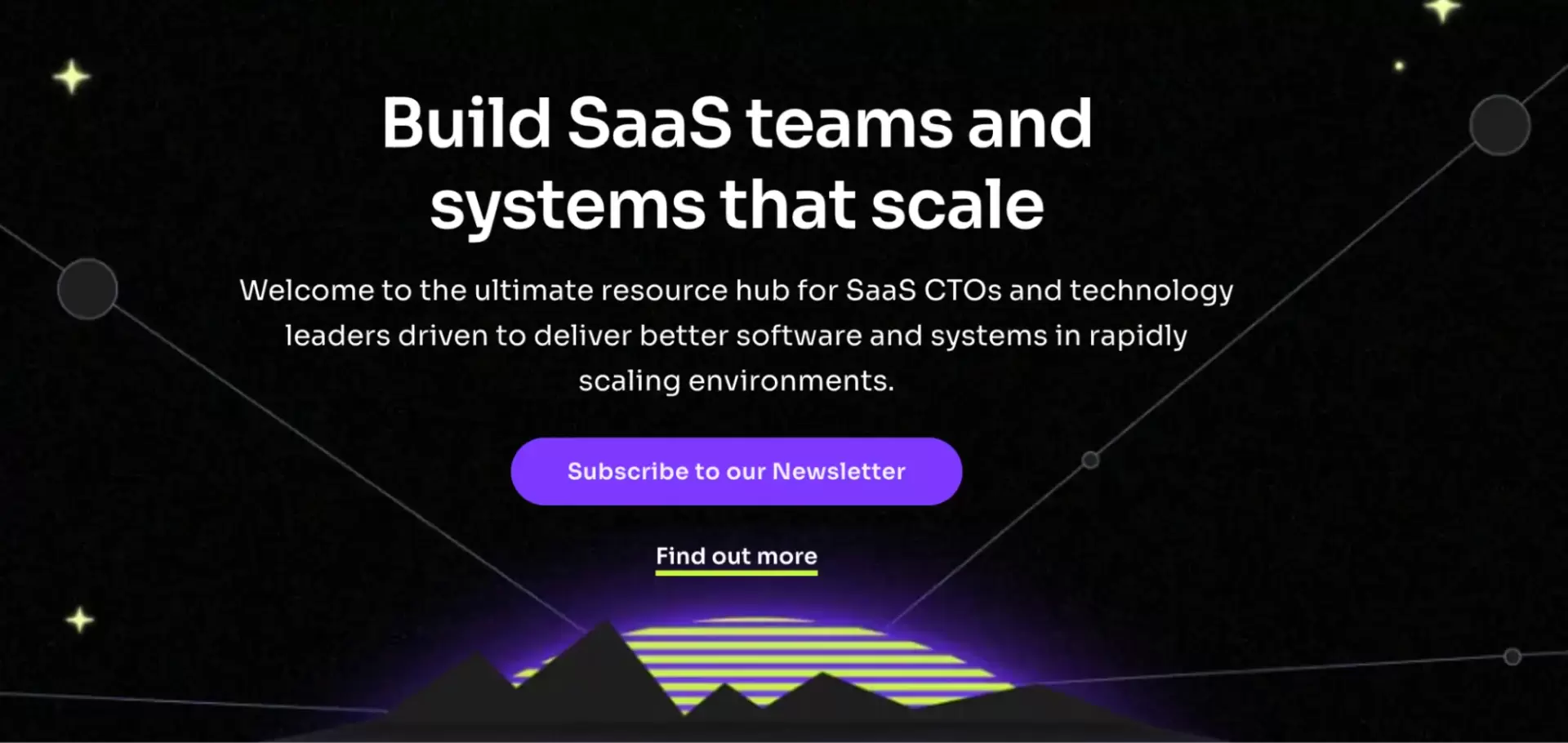
Download a Free eBook
When a visitor downloads a free eBook or other digital resources, it’s typically considered a soft conversion. This action provides immediate value to the visitor while capturing their contact information for future marketing efforts. It’s a win-win situation that benefits both parties and often serves as the first step in a longer customer journey.
Tracking these downloads can help you understand what type of content resonates with your audience.
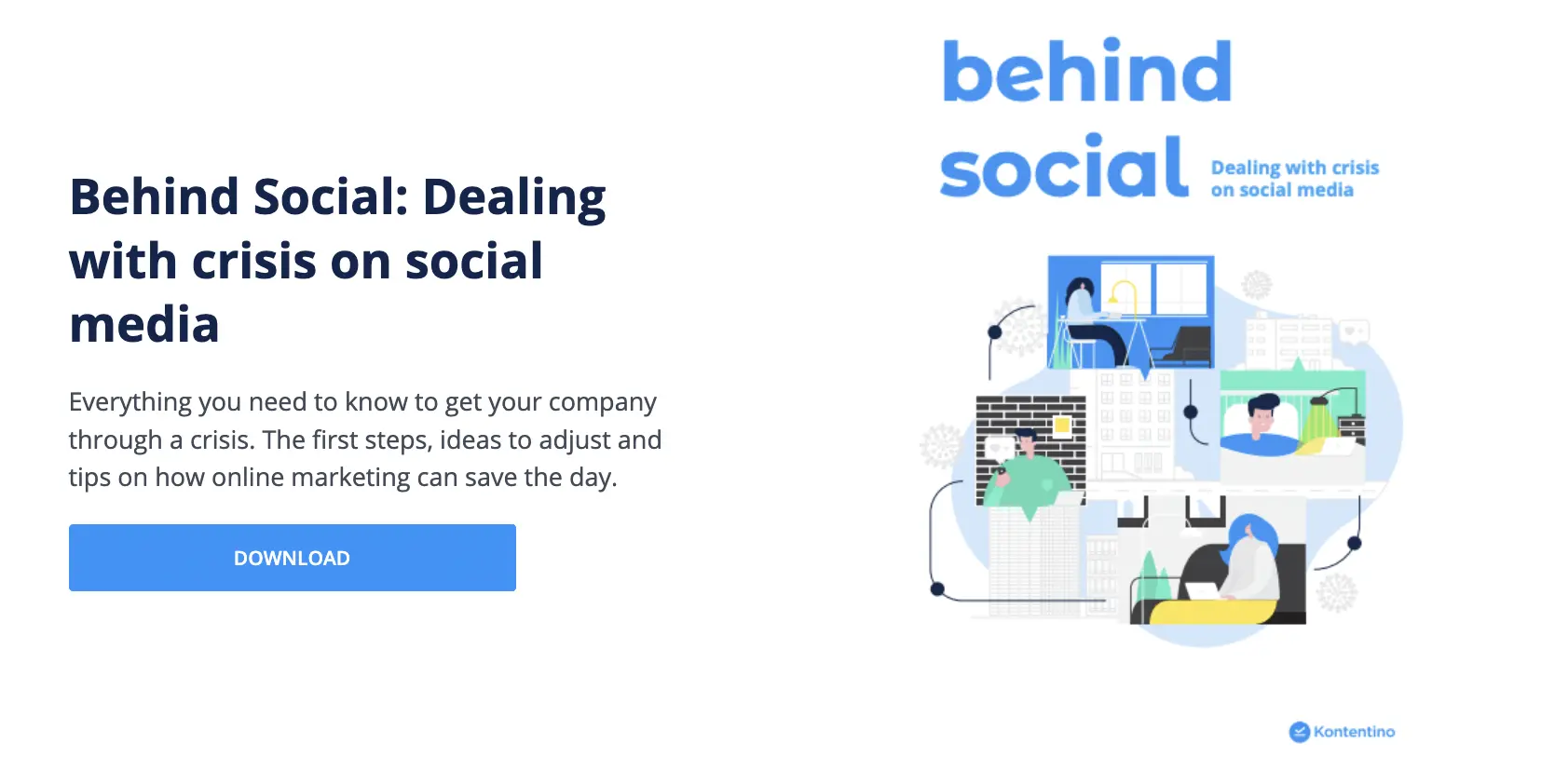
Register for a Free Trial
Registering for a free trial is a significant action that can be a hard conversion if it leads to a paid subscription. It allows the customer to experience the product or service firsthand, making it easier for them to decide on a purchase.
This type of conversion is common in SaaS business models and subscription services. A high rate of free trial registrations that convert to paid subscriptions is an indicator of product-market fit and effective marketing.
Attend a Webinar
Attending a webinar is a soft conversion that shows a high level of interest in a particular subject matter. It provides an opportunity for your business to showcase expertise, offer valuable information, and engage with a targeted audience.
Webinars can also serve as a lead generation tool, capturing attendee information for future marketing efforts. A high attendance rate is often a sign of a compelling topic and effective promotion.
Leave a Product Review
Leaving a product review is generally considered a soft conversion. It indicates that the customer has not only purchased the product but is also willing to take the time to share their experience. These reviews can serve as social proof, influencing future buyers and building brand credibility. Monitoring and analyzing product reviews can offer insights into customer satisfaction and areas for improvement.

Clicking on a “Buy Now” Button on a Landing Page
Clicking on a “Buy Now” button on a landing page is a hard conversion, as it directly leads to a sale. This action is the result of effective landing page optimization, compelling product descriptions, and a seamless checkout process. It’s a critical metric for evaluating the success of specific marketing campaigns, such as PPC ads or promotional offers. A high click-through rate on this button is a strong indicator of a well-designed landing page.
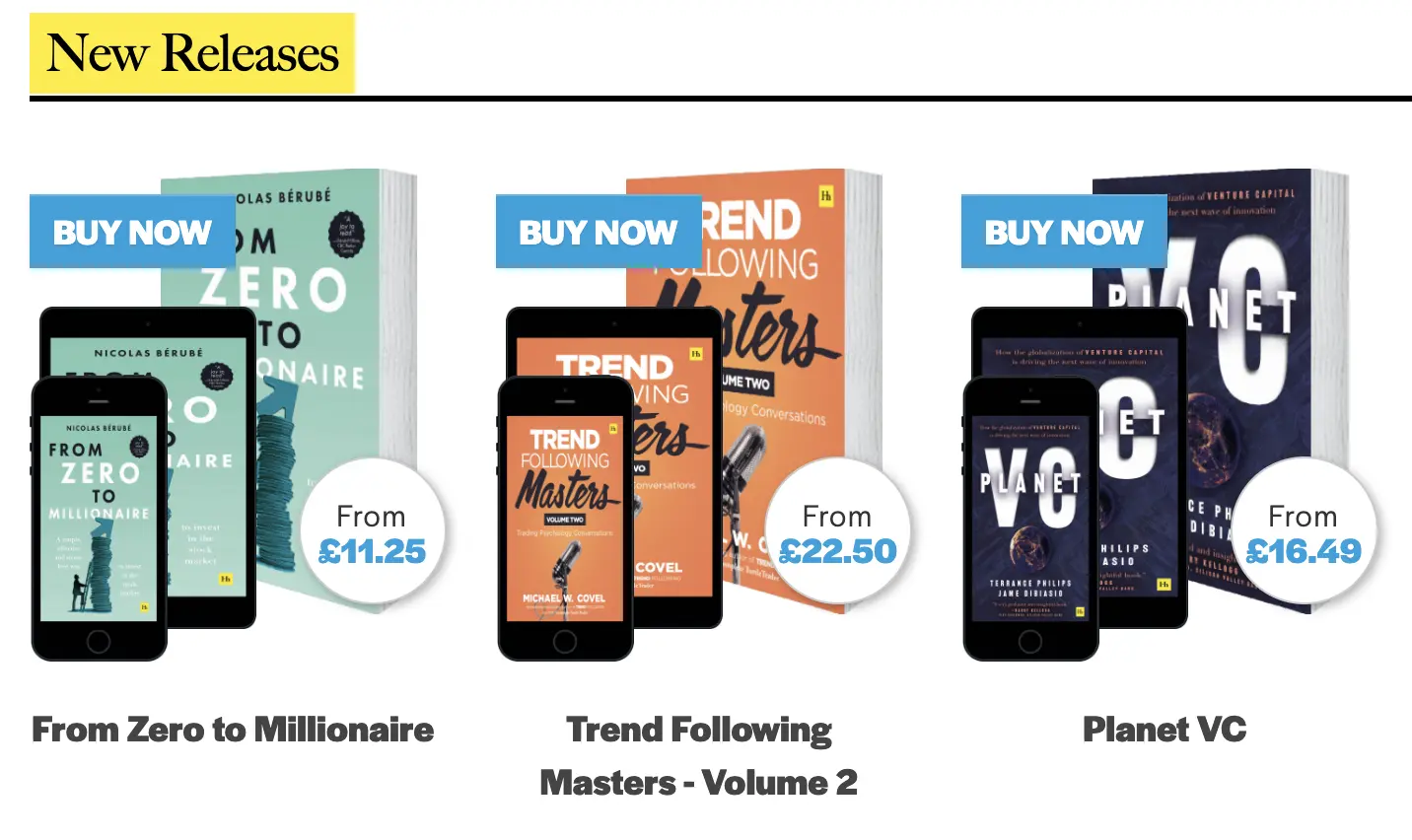
Opt for a Trusted Conversion Platform
Can’t wait for more conversions? Bet on reliable and versatile tools covering a wide range of your digital marketing needs, as only that way you’ll be able to boost your outcomes instantly and without a scratch.
In Landingi, you have at your fingertips numerous conversion optimization tools, which allow you to promptly address most of your digital marketing challenges. With A/B testing and event tracking, you will get the datasets necessary to make beneficial decisions. Over 300 conversion-driven templates ready to use along with an AI-based copy generation will save you lots of time, while Smart Sections and Dynamic Content will allow you to go at scale.
Don’t buy a pig in a poke – try it for free right now!

